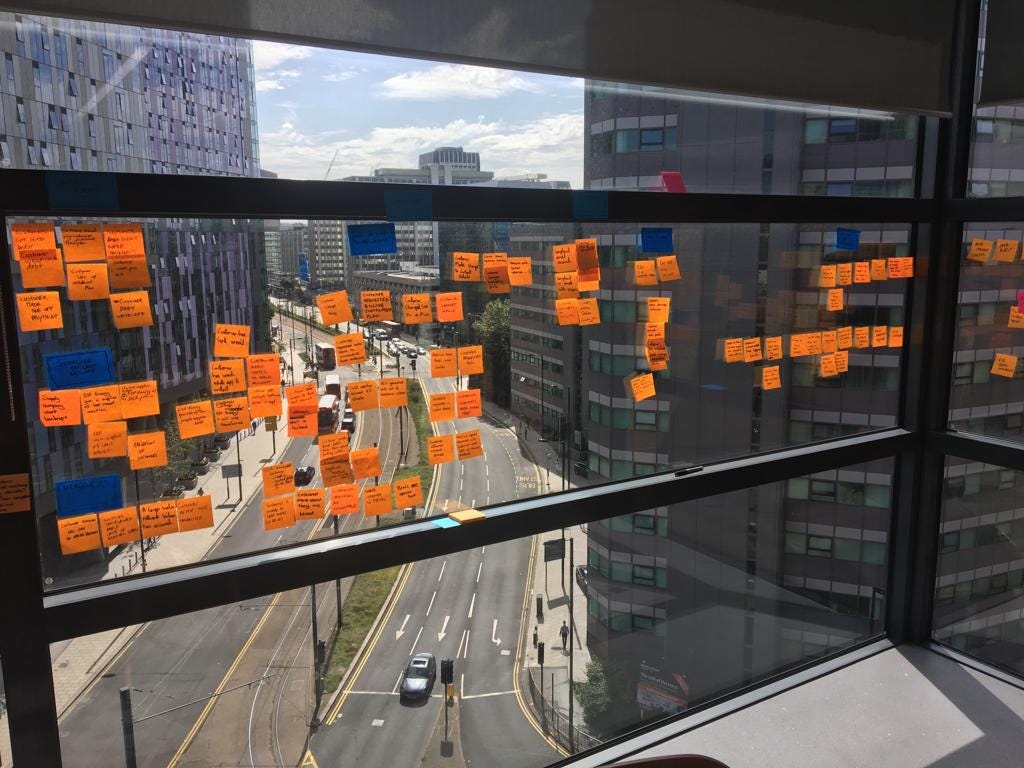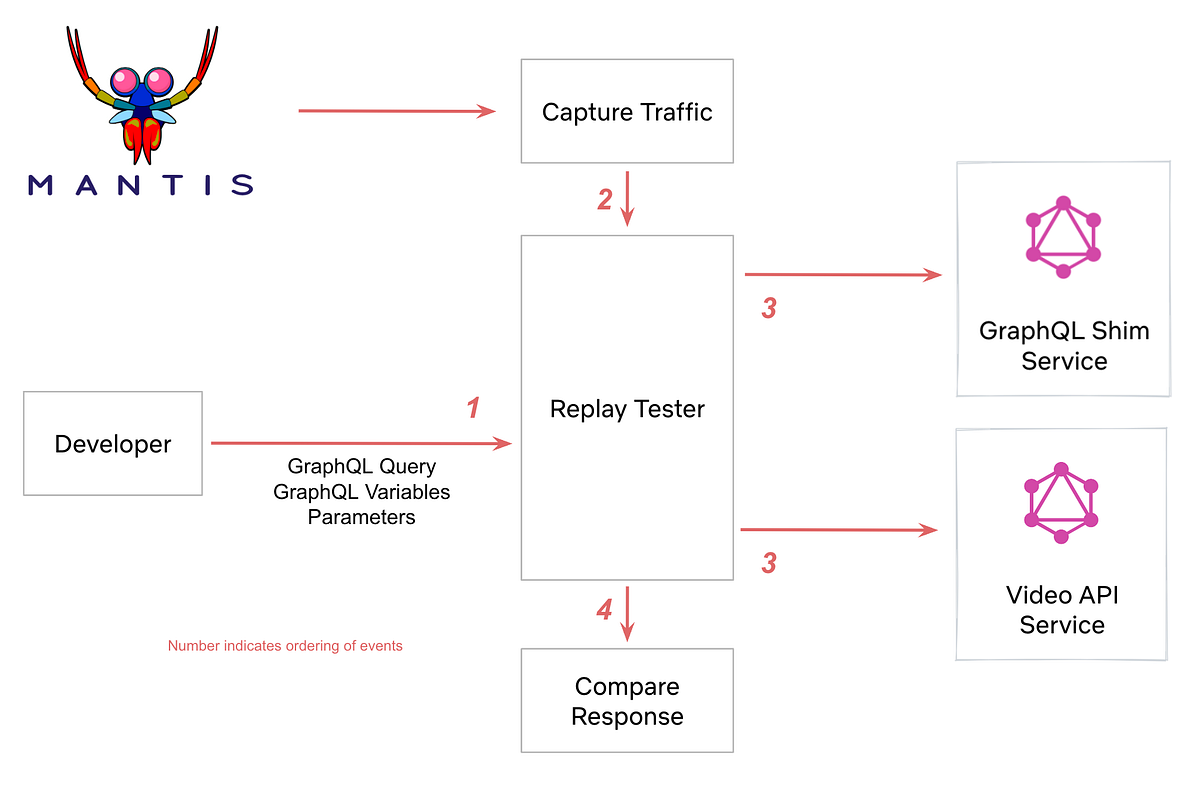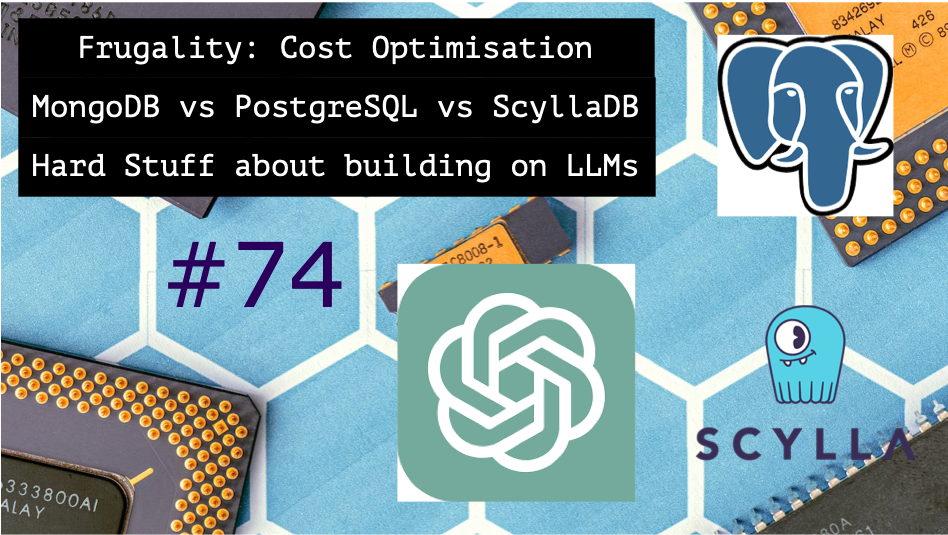Architecture Weekly Issue #74. Articles, books, and playlists on architecture and related topics. Split by sections, highlighted with complexity: 🤟 means hardcore, 👷♂️ is technically applicable right away, 🍼 - is an introduction to the topic or an overview. Now in telegram as well.
WARNING 🇺🇦
It's already been a year since Russia's crazy, brutal and unjustified war against Ukraine. We condemn this war and want it to stop ASAP. We continue this newsletter so you can advance your skill and help the millions of Ukrainian people in any way possible. If you want to help directly, visit this fund.
Big thanks to Nikita, Anatoly, Oleksandr, Dima, Pavel B, Pavel, Robert, Roman, Iyri, Andrey, Lidia, Vladimir, August, Roman, Egor, Roman, Evgeniy, Nadia and Daria for supporting the newsletter. They receive early access to the articles, influence the content and participate in the closed group where we discuss the architecture problems. They also see my daily updates on all the things I am working on. Join them at Patreon or Boosty!
Highlights
Frugal Software Architecture. Cost Optimization 🍼
Next chapter of Frugal Software Architecture inbound. This time we consider Cost Optimization and figure out cost drivers in software architecture, explore strategies for cost optimization, discuss the balance between cost optimization and performance, provide practical steps to implement cost optimization and illustrate these concepts with real-world case studies.

#frugality
MongoDB vs PostgreSQL vs ScyllaDB 👷♂️
This brief yet insightful piece uncovers three key lessons from our journey comparing and migrating NoSQL databases. Tractian engineers found that each database is tailored for specific use cases, and thorough testing reveals the best fit. Adaptability and an openness to change are vital in this process, often leading to major, but necessary, engineering shifts. The ultimate goal is to select a system that supports your product's bright future.

#casestudy #db #postgre
Hard Stuff Nobody Talks about when Building Products 👷♂️
LLM-based startups are blooming like cryptocurrency ones several years ago. This time the technology is really useful but does not mean it's coming without problems. In the blog of Honeycomb.io they tell the story of using LLM to provide natural language for their observability platform and how hard it is from the performance, correctness and relevancy perspective. Exciting read!

#db #vectordb #database
Follow Up
What is a Vector Database 🤟
In the context of AI and machine learning, embeddings generated by models like Large Language Models pose significant management challenges due to their numerous attributes. Specialized vector databases, such as Pinecone, cater to these needs with optimized storage and querying capabilities that traditional scalar-based databases and standalone vector indexes lack. Their specific design for handling complex, large-scale data allows for superior performance, scalability, and flexibility, enabling insights extraction and real-time analysis. A vector database enhances AI capabilities with advanced features, such as semantic information retrieval and long-term memory, underlining its critical role in data-intensive applications.

EventStorming Tips 🍼
EventStorming is a powerful technique to identify the domains boundaries and design the solution based on the business domain. However, it can bring less value if done incorrectly. Find an article with the tips on how to make the most from your EventStorming Sessions.

#microservices #eventstorming #event
Detecting AI-Generated Profile Photos 👷♂️
It became increasingly hard for humans to distinguish the AI-generated profile picture from the real one. This problem is especially annoying for social networks like LinkedIn. They decided to conduct a research and discovered a way to see whether the image is generated or more likely a real one. Follow the research below.

#ai
Modular Architecture for Development Teams 🍼
Find another story of an overgrown monolith which slows down the feature development. Once you added significantly high amount of features to your application, adding more is getting more time. Not coming as a surprise, but applying the platform approach and Domain-Driven Design can really help. Follow the story in Martin Fowler's blog.

#casestudy #ddd
Migrating Netflix to GraphQL Sarfely 👷♂️
Netflix migrated to GraphQL with their whole mobile fleet last year. Now they are telling the story of the successful migration: introducing the facade first, fighting the problems with security and performance, and then do underlying changes. Checkout the post in their technical blog!

#graphql #migration
Building distributed RocksDB with OmniPaxos in 8 minutes 🤟
The post will demonstrate how to use OmniPaxos to build a simple distributed database. It will bring the system from a single-server database service to a distributed setup with multiple servers replicating the database. OmniPaxos will act as the replicated changelog for the distributed database that provides a single execution order for all replicas so they remain consistent.

#db #distributedsystems






